How Can I Speed Up My Triathlon Transitions?
A triathlon is a competition with three sports, which means there are two points in the race where you must transition from one sport to the next. It can take a lot of practice to get good at transitioning between the sports, but there are things you can do to make it faster!
We made a list of some simple strategies can that can help you speed up your triathlon transitions.
Visualize a Plan & Practice on it
Triathletes should be ready with a plan and train themselves accordingly beforehand. You should practice rigorously and leave no room for error. Learning to execute the plan perfectly will enable you to have quick transitions.
Getting the Wetsuit Off Faster
Applying a lubricant to your body before putting on the wetsuit will enable you to slide out of it easily during the first transition. Locating the zip cord quickly and kicking off the suit as soon as possible saves a lot of time.
Only the Essentials
Take things that are absolutely essential. Skipping unnecessary items reduces the number of tasks to be done and saves time.
Be Quick With the Helmet
Your helmet should be kept unfastened prior to the race. Make proper adjustments so that it fits your head and can be removed comfortably. Train yourself to secure the helmet on your head as quickly as possible.
Use This Bike Shoe Trick
Fastening your shoes to the pedals of your bike expedites the process of transition. Thin rubber bands can be used for this purpose. Keep the shoes fully loosened so that you can sit on the bike and put them on swiftly.
Running With the Bike
In the transition zone between swimming and cycling, you are not allowed to ride your bike. Practice running safely and smoothly while holding your bike. By clearing this distance quickly you can deduct some seconds from your overall timing.
Putting on the Running Shoes
You can sprinkle some talcum powder on your running shoes to facilitate a smooth entry of your feet into the shoes. Swap your ordinary shoelaces with speed laces or lace locks.
Maintain Balance
Some of these strategies like wearing shoes while sitting on the bike may seem a little difficult to achieve. But proper training can help you achieve the perfect balance. Along with quick execution, steadiness is also important. Do not move too fast, maintain proper balance.
Study the Racetrack Properly
Have the map of the racetrack in your mind. Repeatedly play the whole scenario in your imagination and prepare yourself to take the right step at the right time.
Training your body and mind for faster triathlon transitions gives you an edge over others, which is why triathletes should incorporate transition practice and the suggestions above into their tri training sessions.

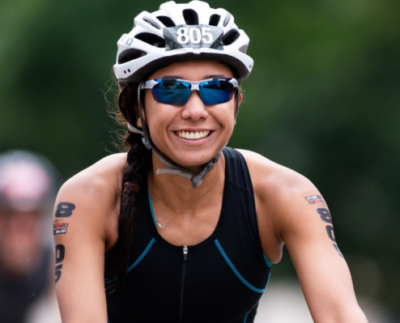
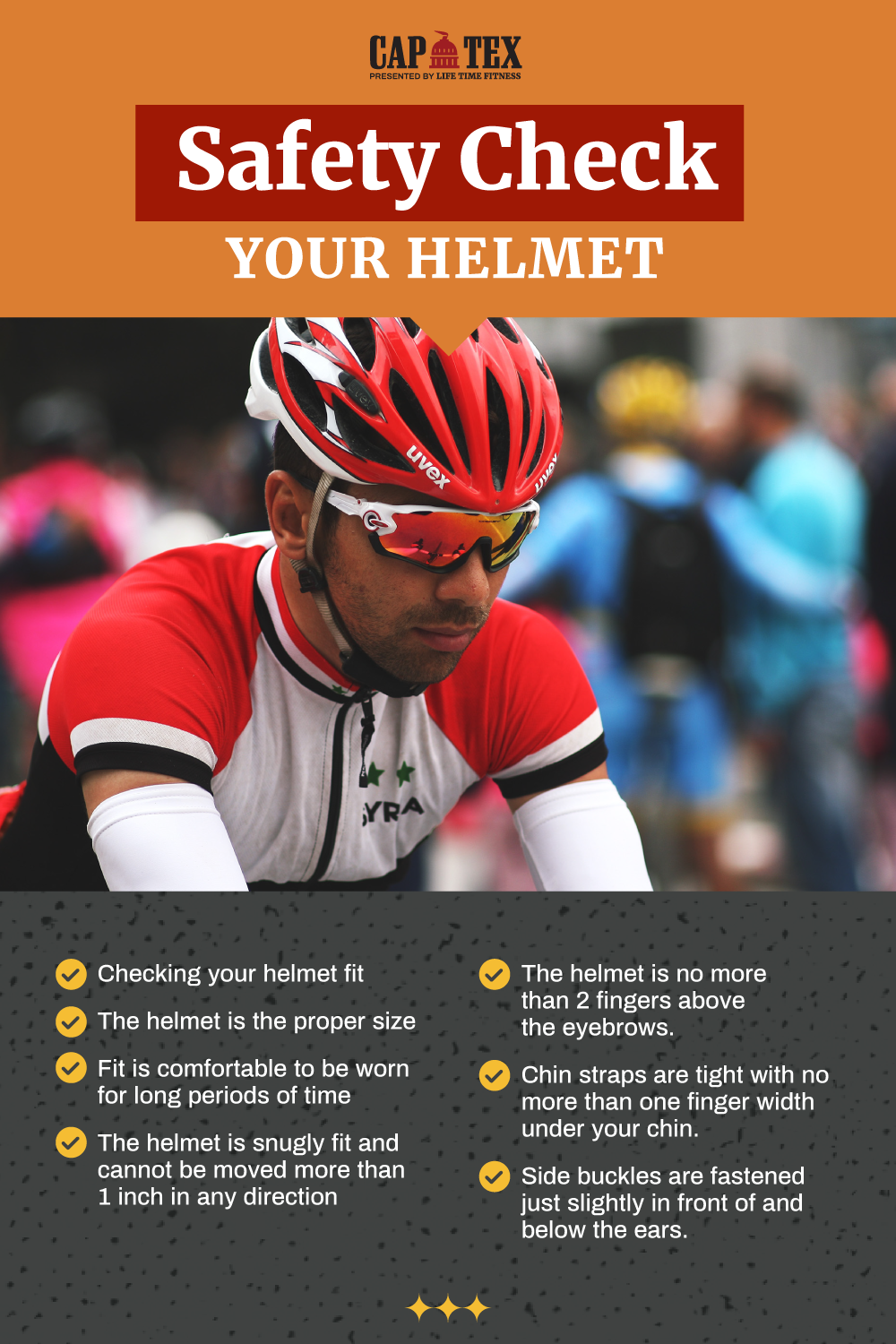 To keep the helmet in place, the next step is ensuring the chin straps are long enough to reach under your chin and can be tightened securely. This part is especially important because you do not want to be dealing with an ill-fitting helmet during your next tri.
To keep the helmet in place, the next step is ensuring the chin straps are long enough to reach under your chin and can be tightened securely. This part is especially important because you do not want to be dealing with an ill-fitting helmet during your next tri. 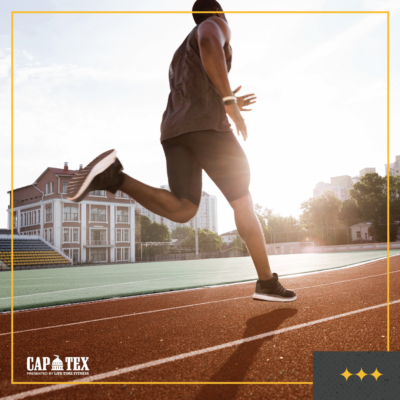 Additional Tips
Additional Tips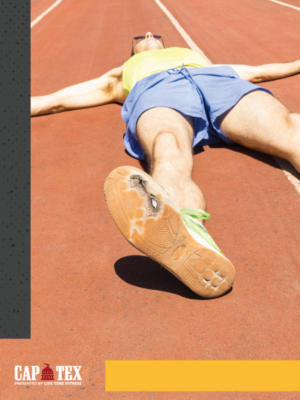
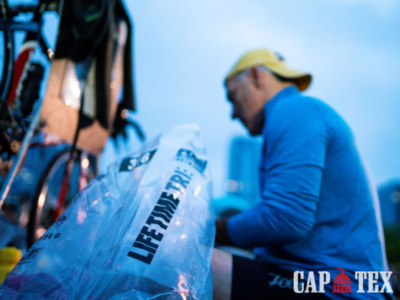
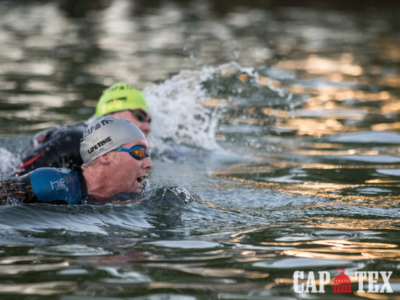 To avoid swimming a further distance during your tri, sighting is an essential race day skill you should practice before an open-water swim. You need to look where you’re going every few strokes to make sure you are staying within the buoys. The best method of sighting is to incorporate glancing forward before you go to take a breath. It is recommended to sight every 2 – 3 strokes, but in order to find what works best for you, you will just have to practice. Pro tip: Look at the swim course before-hand to see if the course goes clockwise or counter-clockwise, then you’ll know to stay on the right or left side of the buoys.
To avoid swimming a further distance during your tri, sighting is an essential race day skill you should practice before an open-water swim. You need to look where you’re going every few strokes to make sure you are staying within the buoys. The best method of sighting is to incorporate glancing forward before you go to take a breath. It is recommended to sight every 2 – 3 strokes, but in order to find what works best for you, you will just have to practice. Pro tip: Look at the swim course before-hand to see if the course goes clockwise or counter-clockwise, then you’ll know to stay on the right or left side of the buoys.